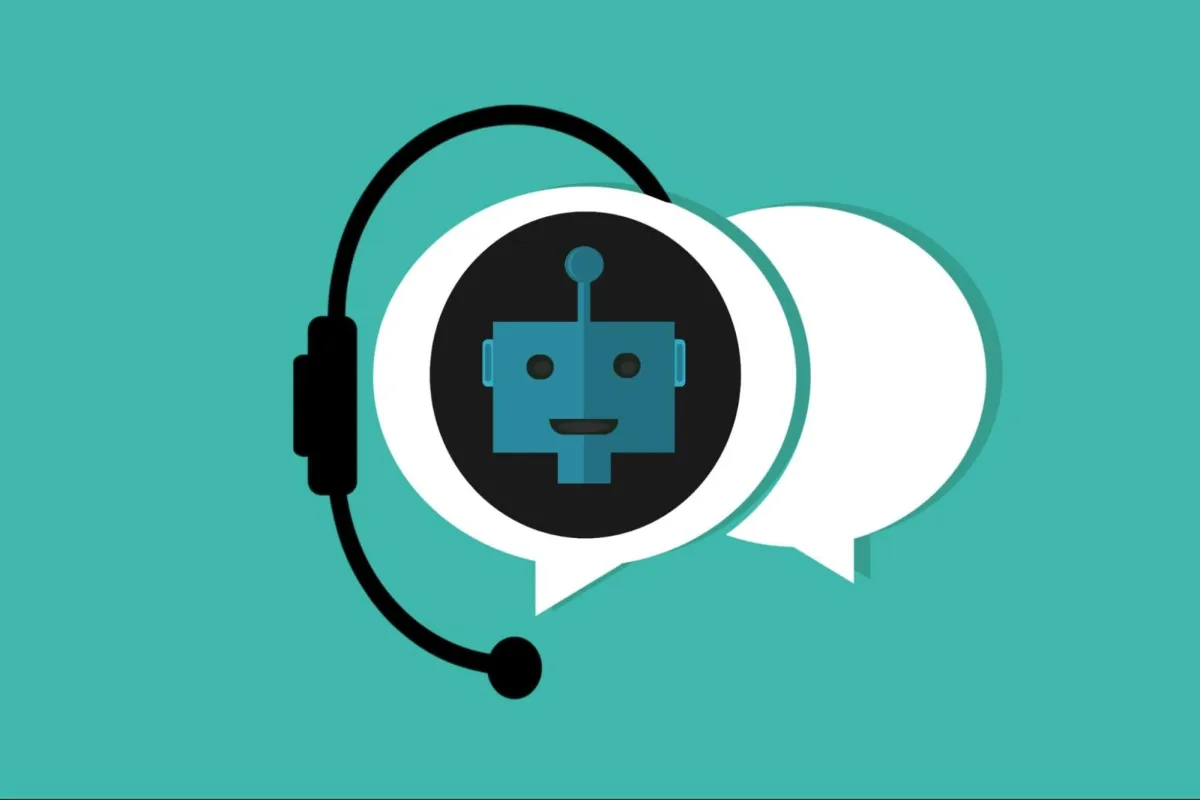Never Miss a Lead Again: How AI + Automation Supercharge Your Follow-Up Game

At Alaire Marketing, we believe that AI-powered automation is the secret weapon to help you do just that.
Let’s dive into 5 powerful ways you can use AI and marketing automation to follow up with every lead instantly—so you never miss a sale again.
1. Smart Email Sequences That Adapt to User Behavior
Gone are the days of one-size-fits-all email blasts. With marketing automation tools powered by AI, you can now create adaptive email sequences that respond to each lead’s behavior—whether they clicked a link, opened a message, or ignored it.
Example:
If a lead downloads a pricing guide, your system can automatically send a follow-up email with a client success story or a personalized consultation offer.
Why It Works:
Increased engagement
Improved open and click-through rates
Nurtures leads over time without manual effort
2. AI Chatbots That Qualify and Convert in Real-Time
AI chatbots aren't just about answering FAQs anymore—they're mini sales assistants that can qualify leads, book calls, and even close deals.
What to Implement:
Integrate a chatbot on your website or landing pages
Train it to respond instantly to key questions
Route hot leads directly to your sales team or calendar scheduler
Alaire Tip: Make sure your chatbot has a friendly, brand-consistent tone and is integrated with your CRM for smooth handoffs.
3. SMS Automation for Instant, Personalized Touchpoints
Text messages have a 98% open rate—so why aren’t more businesses using them in their follow-up process?
With SMS automation, you can instantly thank leads for signing up, share a limited-time offer, or even ask a quick qualifying question.
Key Benefits:
Real-time interaction
High engagement
Human-like touch without manual effort
Pro Tip: Use AI tools to personalize messages based on lead source, interests, or behavior. For example: “Hey Sarah, thanks for checking out our website! Ready to chat about your marketing goals?”
4. Lead Scoring and Prioritization Using AI Insights
Not all leads are created equal. Some are ready to buy now—others are just browsing. AI can analyze lead behavior and assign a score based on likelihood to convert, helping your team prioritize their time and energy.
How It Helps:
Focus your sales team on high-intent leads
Trigger specific follow-up paths based on score
Reduce manual sorting and guesswork
Alaire Tip: Use lead scoring data to A/B test your follow-up workflows and improve over time.
5. Integrate with CRMs to Keep Follow-Ups Seamless
The best marketing automation doesn’t live in a silo. Make sure your tools talk to each other—your CRM, email platform, SMS system, and chatbot should all work together to create a cohesive, consistent follow-up journey.
Automation Examples:
Automatically update lead status in CRM
Trigger a follow-up email when a lead replies to a text
Notify a rep in Slack when a hot lead visits a pricing page
At Alaire Marketing, we help businesses integrate systems that streamline workflows and maximize conversions.
Conclusion: Win the Speed Game Without Losing Your Mind
Following up with every lead instantly used to require a big team or a lot of hustle. But today, AI + marketing automation lets you scale that process—making every lead feel seen, heard, and supported.
Whether you're a startup trying to grow or an established brand looking to optimize, these tools can help you move faster, convert more, and build better relationships.
Want Help Setting It All Up?
At Alaire Marketing, we specialize in creating smart, seamless automation systems that do the hard work for you—so your team can focus on closing deals, not chasing leads.
Want to convert leads faster and follow up instantly in 2025?
Discover how our AI Lead Acceleration System helps you close more business with less effort.
🚀 Schedule a free discovery call and see it in action. Let’s talk. 📩

CONTACT
news & updates
Sign Up For Business Growth Newsletter
© 2024 Alaire Marketing All Rights Reserved
